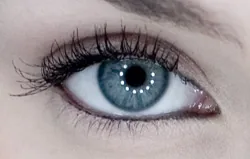
Trauma to the Ocular Motor System
Trauma to the Ocular Motor System I’m Ed Smith, a Sacramento Eye Injury Attorney. Virtually any form of eye trauma can follow a head injury. …
Edward Smith
February 17, 2016
Posted In: Auto Accidents
Posted In: Personal Injury
Tagged: eye fractures
Tagged: Ocular Motor System
Tagged: ophthalmoplegia
Tagged: Sacramento Auto Accident Attorney
Tagged: Sacramento eye injury attorney
Tagged: Sacramento personal injury lawyer
Tagged: trauma to the oculomotor
Tagged: trigeminal injury
